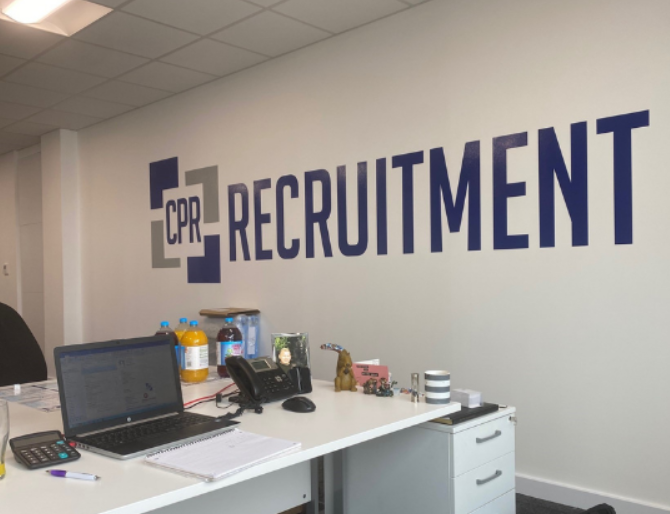Recruitment and training are two pillars that form the backbone of a company’s human resource strategy. Together, they ensure that an organization is staffed with capable employees and equipped to adapt to an ever-changing business environment. Let’s explore the importance, challenges, and best practices of recruitment and training in today’s professional landscape.
The Importance of Recruitment
Recruitment is the process of attracting, screening, and selecting qualified candidates for a job. It plays a crucial role in determining an organization’s success, as the right talent can drive growth, innovation, and efficiency.
Key Objectives of Recruitment:
- Finding the Right Fit: Recruitment ensures that candidates align with the company’s culture and goals.
- Building a Talent Pool: A robust recruitment process creates a pipeline of potential hires for future needs.
- Reducing Turnover: Hiring the right candidates reduces attrition, saving time and resources.
Challenges in Recruitment:
- Skill Gaps: Finding candidates with the exact skills required can be difficult, especially in specialized industries.
- Competition: Companies often compete for top talent, especially in a tight labor market.
- Bias: Unconscious bias in recruitment can hinder diversity and inclusion efforts.
Best Practices in Recruitment:
- Leverage Technology: Use applicant tracking systems (ATS) and AI tools to streamline the hiring process.
- Focus on Employer Branding: A strong employer brand attracts high-quality candidates.
- Inclusive Hiring Practices: Encourage diversity through unbiased job descriptions and structured interviews.
The Importance of Training
Training equips employees with the skills and knowledge necessary to perform their roles effectively. It fosters professional growth, enhances productivity, and contributes to employee satisfaction.
Types of Training Programs:
- Onboarding Training: Helps new employees integrate into the company.
- Technical Training: Focuses on job-specific skills, such as software tools or machinery operations.
- Soft Skills Training: Improves communication, teamwork, and leadership capabilities.
- Compliance Training: Ensures adherence to industry regulations and standards.
Benefits of Training:
- Improved Performance: Employees with the right training are more confident and productive.
- Adaptability: Training prepares employees for technological advancements and market changes.
- Retention: Continuous learning opportunities boost job satisfaction and loyalty.
Challenges in Training:
- Cost: High-quality training programs require investment.
- Engagement: Employees may resist training if it feels irrelevant or time-consuming.
- Measuring ROI: It can be difficult to quantify the impact of training initiatives.
Best Practices in Training:
- Personalized Learning Paths: Tailor training programs to individual needs and roles.
- Gamification: Use interactive methods like quizzes and challenges to make training engaging.
- Feedback Loops: Regularly gather feedback to improve the effectiveness of training programs.
Bridging Recruitment and Training
To maximize the benefits of recruitment and training, organizations should integrate these processes seamlessly. For instance, identifying skills gaps during recruitment can inform targeted training programs. Similarly, a well-trained workforce enhances the recruitment process by attracting high-caliber candidates through positive word-of-mouth.
Conclusion
Recruitment and training are not just HR functions—they are strategic tools that shape an organization’s future. By investing in these areas, companies can create a resilient and adaptable workforce, ensuring sustained success in a competitive business environment.
Whether you’re a startup or an established enterprise, prioritizing recruitment and training is an investment in your most valuable asset: your people.







Leave A Comment